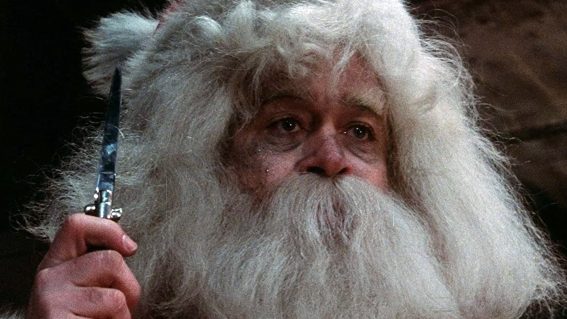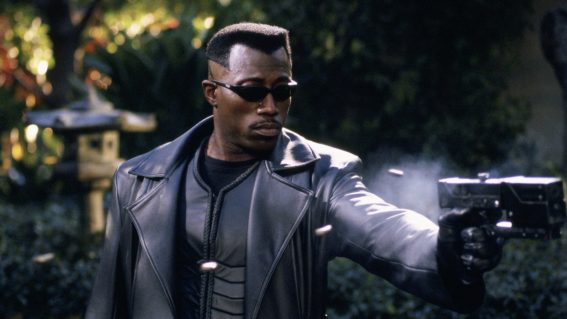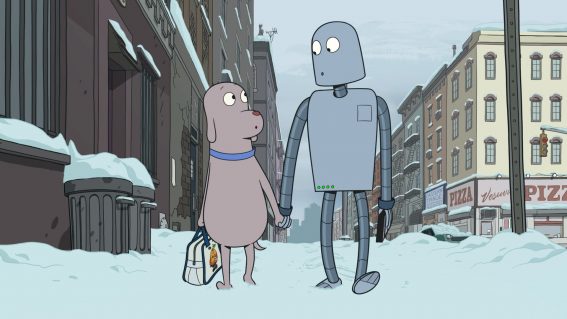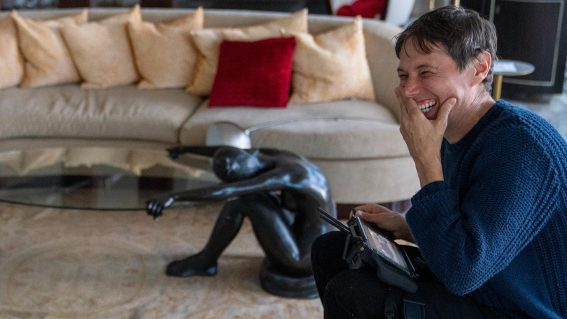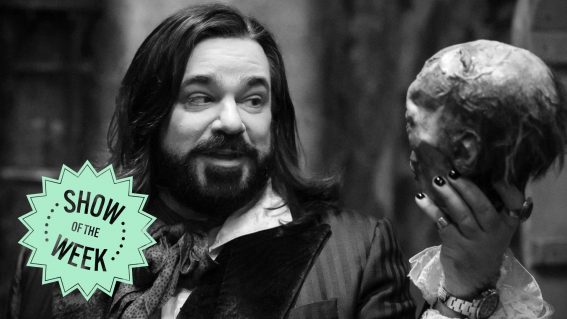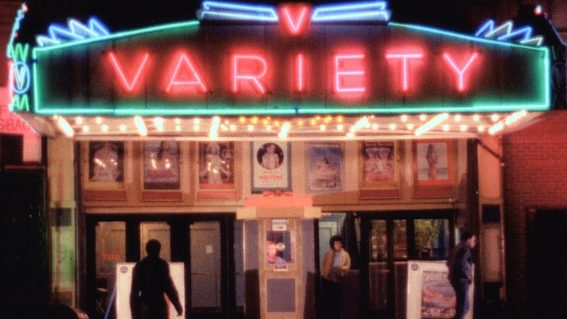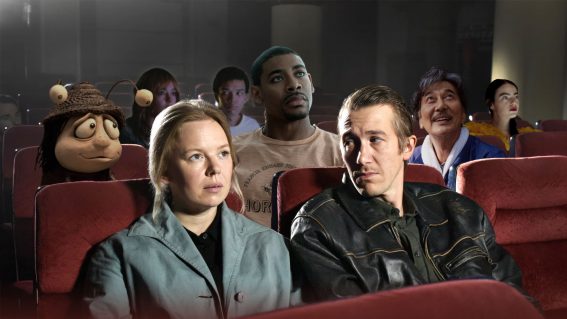The exquisitely faithful Last of Us is a grand tapestry of post-apocalyptic destruction
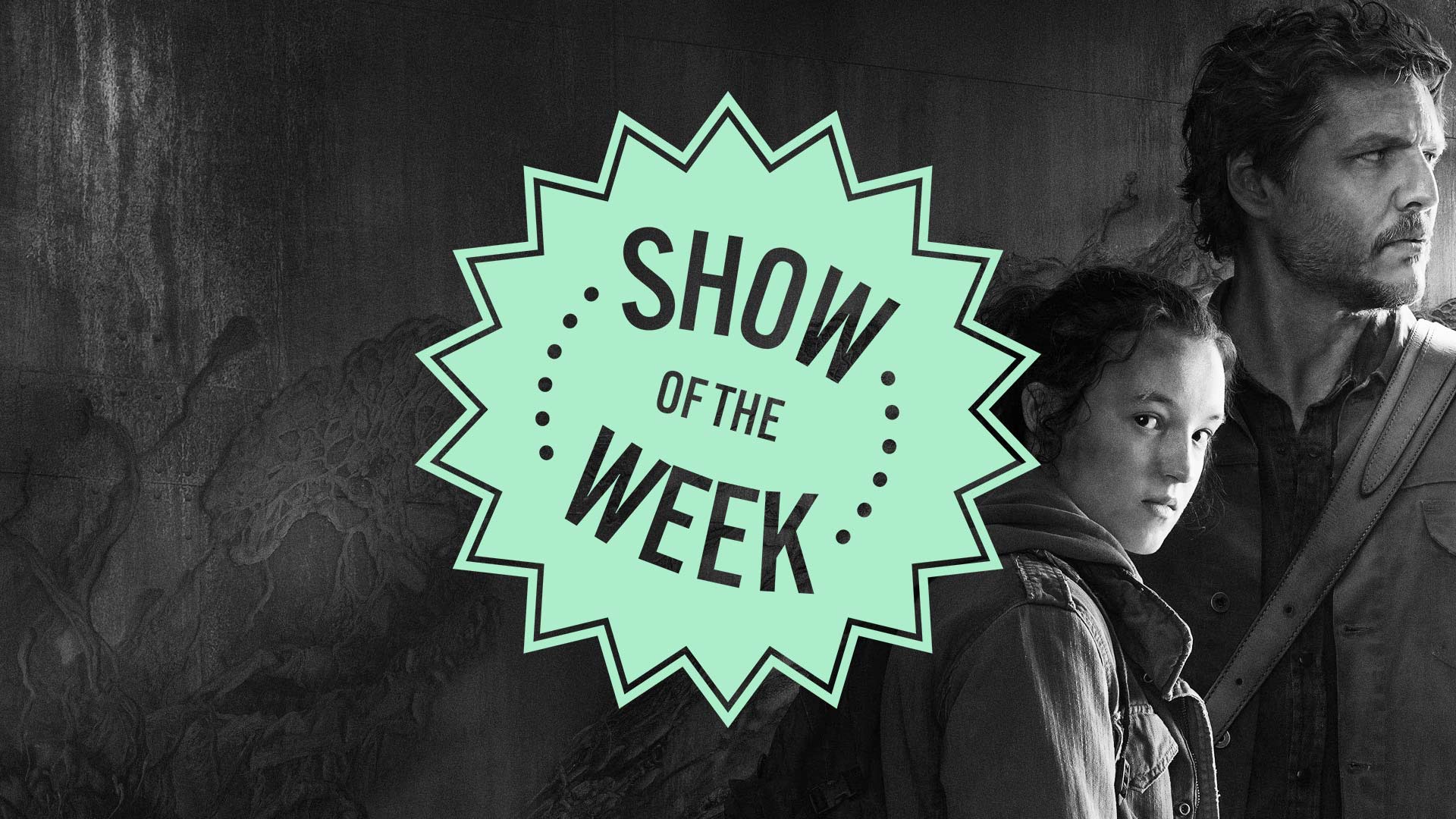
We’re all drowning in content—so it’s time to highlight the best. In her column, published every Friday, critic Clarisse Loughrey recommends a new show to watch. This week: The Last of Us, a sublimely well-made adaptation of the blockbuster video game.
The Last of Us: Season 1
Within the dust and decay at the end of all things, a man yearns to cultivate. Frank (Murray Bartlett), the rare survivor of a global infection that surrenders its victims to the will of the Cordyceps fungus, is arguing with his partner, Bill (Nick Offerman). He wants to maintain their home’s garden. Bill doesn’t see the point. Their community is gone, their town empty. They only have, and only see, each other. But the garden means something to Frank, all the same. “Paying attention to things,” he gently offers. “That’s how we show love.”
It’s impossible to watch The Last of Us, HBO’s large-scale adaptation of the critically acclaimed game, and not see it as a profound act of reverence for its source material and the medium containing it. We love to drone on and on about the “video game movie curse”, as if there were some irreparable chasm between what we play and what we watch—but all that’s ever really been missing was a modicum of mutual respect.
The Lara Crofts, Mortal Kombats, Assassins Creeds, and Sonics of the world were brand extensions first, explorations of narrative second (if at all). I think we’ve seen enough of these films finding financial and popular success to put to bed the notion of any genuine “curse”—I’m a Detective Pikachu fan, there’s no shame in that—but The Last of Us is the first to take the material process of adaptation seriously. And, because of that, it’s easily the best of the whole lot.
It’s as accurate an adaptation as you could ever hope to get, without butchering its ability to function as a standalone series. It’s fixated less on replicating the mechanics of gaming (see: last year’s CGI-choked Uncharted film, with Tom Holland) and more on the singular power of image, character, and dialogue. And it’s as devilishly sad as the original—simply too much for anyone hoping for a binge session. The burning farmhouse. The ruined museum of American history. Skyscrapers toppled into each other. Tears on tears on tears.
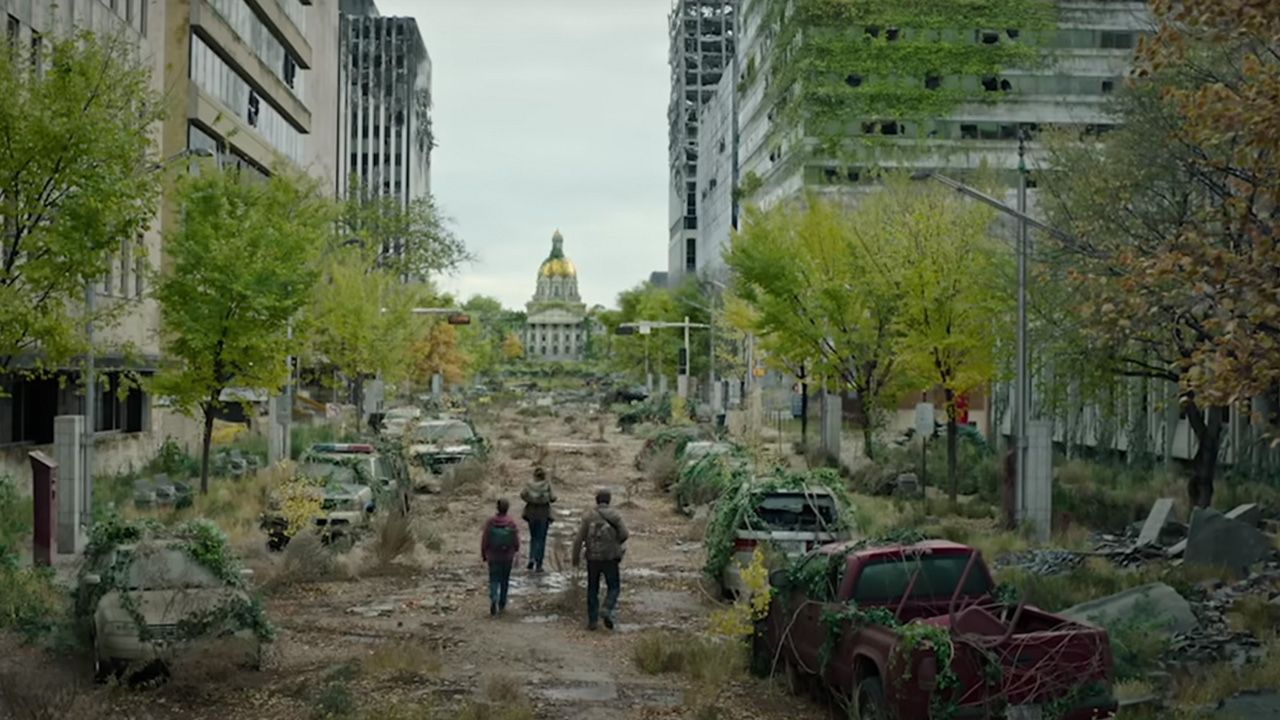
In this grand tapestry of post-apocalyptic destruction, we meet Joel (Pedro Pascal), a grief-stricken man tasked with escorting a miracle child, 14-year-old Ellie (Bella Ramsey), across the country. The cities yet to be abandoned have largely fallen under the militaristic control of FEDRA, the Federal Disaster Response Agency. Beyond the quarantine zones, the mutated and cannibalistic victims of the Cordyceps fungus roam: ravenous mushroom zombies that move fast and strike quickly.
The faithfulness of The Last of Us owes much to its core creative team—not only Craig Mazin, who brought slow-burn horror to HBO’s Chernobyl series, but the game’s original creator, Neil Druckmann. The latter, of course, knows this world, this story, and these characters better than anyone else on the planet. And you can feel that easy confidence trickle into every frame of this series.
Pascal, for his own part, has torpedoed his Mandalorian performance into a whole new stratosphere of reluctant fatherhood. But the key to his gift is the ability to play taciturn and grumpy without regressing into any of the restrictive stereotypes of male heroism. Joel may be fundamentally broken, but he’s still soft and soulful where it counts. And Ramsay is an ideal counterweight, as curious, blithe, and cynical as a 14-year-old who’s only ever known chaos should be. Ellie can face unfathomable misery, then still dig out her book of puns a few moments later. Such is post-apocalyptic life.
What so many past video game adaptations have failed to comprehend is how much narrative work exists beyond the protagonist’s direct experience, hidden away in the usual trails of audio logs, notes, or discarded newspapers. The Last of Us takes these sparse clues and builds entire arcs, and even episodes, out of their contents. There are flashbacks to a Cassandra-like prediction by a sixties professor, and to an Indonesian specialist who’s faced with the infection for the very first time. Her only response? “Bomb this city. And everyone in it.” The best installment, episode three, reimagines the few scant details we learn about Frank and Bill in the game, and unspools a sublimely gorgeous story about how it might take the end of the world for us to be truly honest about our desires.
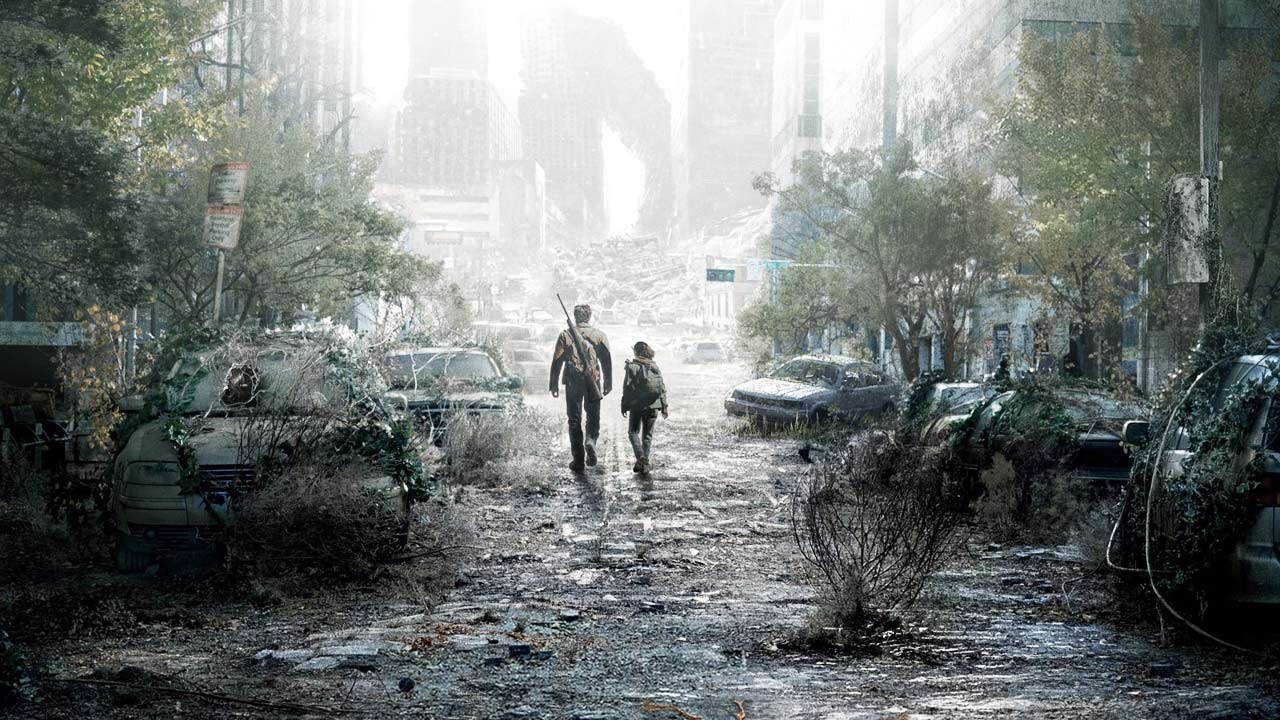
With the series running roughly the length of the game (depending on your play style, of course), there’s never a sense that events have been truncated or rushed. We’re given time to luxuriate in the beauty of urban spaces reclaimed by nature, each laced with the silent suggestion that humanity may have deserved its penance. And we’re allowed, too, to ponder the complicated nature of power at a time when a need for control leaves people vulnerable to authoritarianism—a notion best placed in the hands of Kathleen (Melanie Lynskey), a new character for the series and a revolutionary leader whose desire for revenge has transformed her beyond recognition.
Ironically, the actual zombies might be the least interesting thing about The Last of Us, though saying so undermines the VFX and practical work that’s ensured the Infected hoards are artful and stomach-churning in equal measure. But what I’ll remember most is the rawness of the show’s humanity. The way a child’s laughter can sound like hope incarnate. Or the choice presented to its characters: to indulge in their monstrosity, now that the state of the world justifies it, or to hold on to love until the very end. Those are the things that count. And those are the things I’m so very glad The Last of Us paid attention to.





